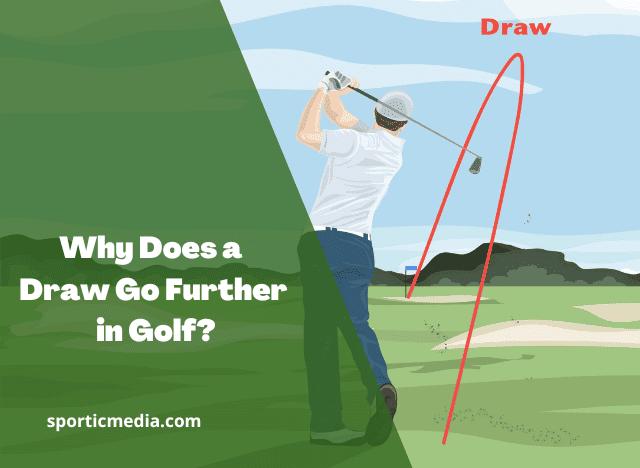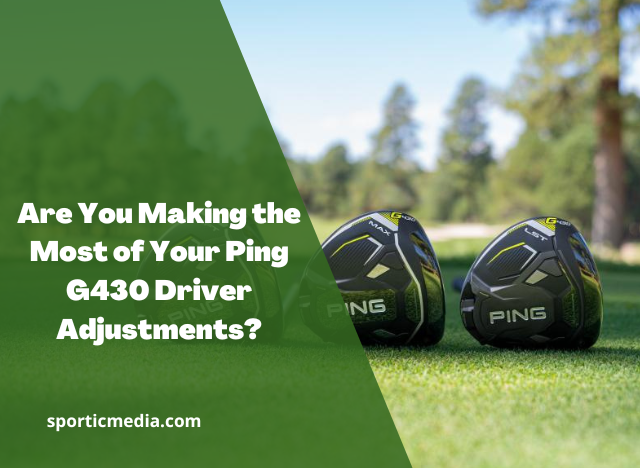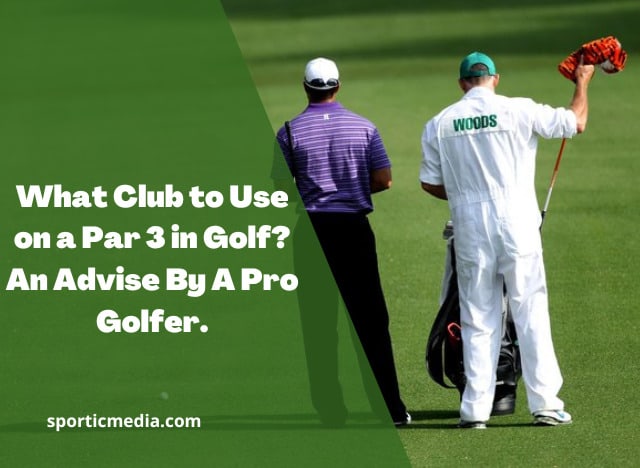For golfers, hitting the driver low on the face is an all-too-familiar frustration that can undermine distance and accuracy. Several factors contribute to this issue, ranging from setup and swing mechanics to tee height. Understanding the causes and implementing appropriate adjustments is vital for improving driver contact and overall course performance.
Table of Contents
Why Hitting Driver Low on Face in Golf?
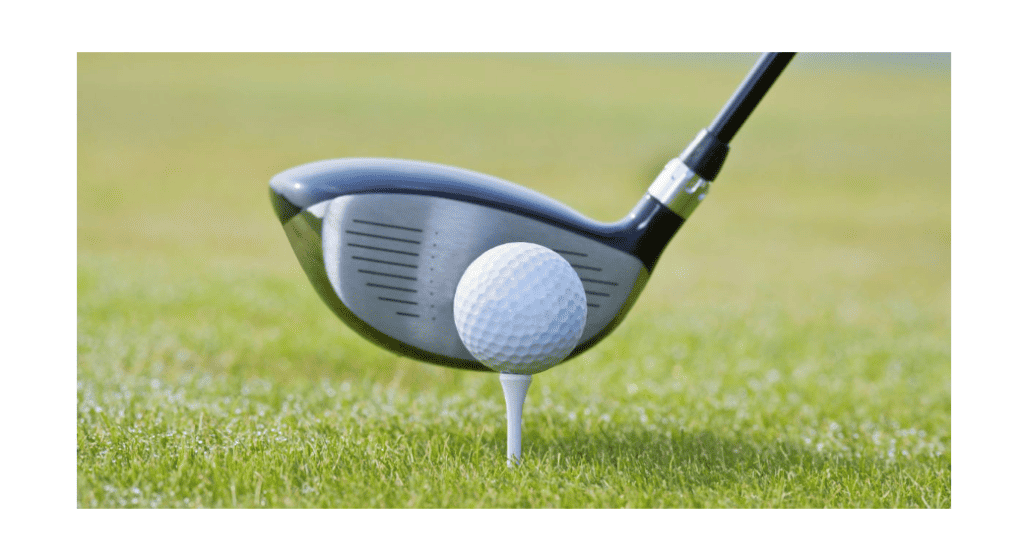
Reasons 01 – Improper Setup and Stance
A critical aspect of a successful golf swing lies in the initial setup and stance. When players fail to align correctly or adopt a too wide stance, they jeopardize their ability to execute a smooth, controlled swing. Consequently, this can result in contact with the ball on the lower part of the driver face, diminishing both distance and trajectory.
Fix
To ensure an optimal setup, begin by positioning your feet shoulder-width apart and aligning them parallel to the target line. Your weight should be evenly distributed on both feet, and your body should be relaxed.
The correct spine tilt and ball position are also crucial components of the setup. Maintain a slight tilt away from the target, and position the ball just inside the left heel for a right-handed golfer.
Reason 02 – Excessive Downward Angle of Attack
The angle of attack refers to the angle at which the clubhead approaches the ball during impact. A steep downward angle of attack tends to lead to low face hits. The ball’s launch angle decreases when the clubface is closed upon impact due to a steep attack angle, and distance suffers.
Fix
To remedy this issue, focus on achieving a more shallow angle of attack. This can be achieved by initiating the downswing with a slight lateral shift of the hips, allowing the club to approach the ball on a shallower plane. Emphasize sweeping the ball off the tee rather than hitting down on it aggressively.
Reason 03 – Poor Weight Transfer
A well-balanced golf swing requires proper weight transfer during the downswing. Inadequate weight shift can cause an unbalanced swing, leading to contact with the ball low on the driver face.
A controlled weight transfer is essential for maintaining stability and effectively controlling the clubhead.
Fix
To improve weight transfer, initiate the downswing with a subtle weight shift to your front foot. As you start the downswing, allow your hips to lead the movement, transferring your weight smoothly and gradually to your front side.
This motion will help you maintain balance throughout the swing and ensure solid contact with the ball.
Reason 04 – Overactive Hands and Arms
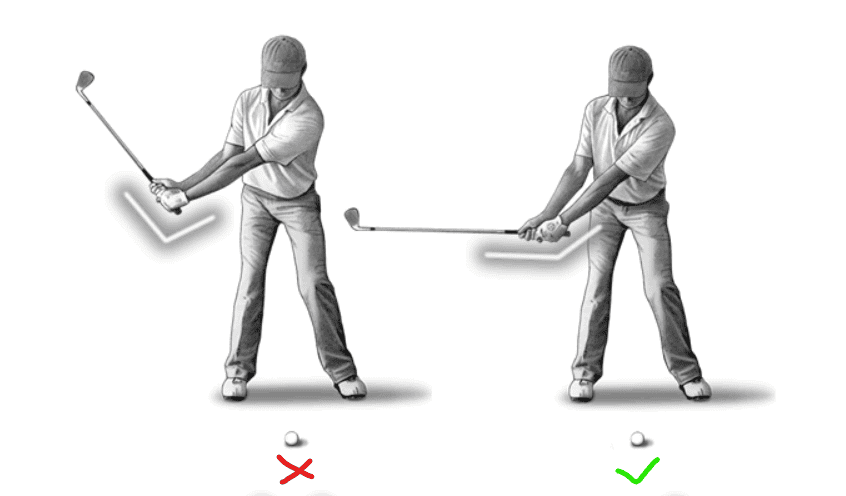
The role of hands and arms in the golf swing is significant. Excessive hand and arm action, however, can harm driver performance. When golfers rely too much on their hands and arms to generate power, they tend to mishit the ball on the lower portion of the face, leading to inconsistent shots.
Fix
Focus on maintaining a connected and synchronized swing to reduce overactive hands and arms. Start the downswing with a gradual rotation of your hips, shoulders, and arms as a cohesive unit.
Avoid any sudden or jerky movements with your hands and wrists, allowing the clubhead to follow a natural and fluid path through impact.
Reasons 05 – Teeing the Ball Too Low
Tee height directly influences driver contact. If the ball is teed too low, the golfer must compensate with a steeper swing to make contact. Unfortunately, this results in a closed clubface at impact, exacerbating the problem of low face hits.
Fix
Experiment with different heights during your practice sessions to find the ideal tee height. The goal is to tee the ball up high enough that the top half of the driver face aligns with the equator of the ball when the club is grounded at address.
This tee height allows for a shallower swing and encourages higher contact on the face, promoting better launch and distance.
How do you hit a low driver in golf?
Hitting a low driver in golf, especially useful in windy conditions, doesn’t require a complete change in your swing or setup. Instead, a slight tweak can make a significant difference. The key is to slightly arch your lead wrist (left wrist for right-handed golfers) as you come into the hitting area.
This adjustment keeps the clubhead behind your hands a bit longer, resulting in the club traveling downward as it strikes the ball. The result is a more delofted club face, leading to a penetrating shot with extended roll.
What are any Tips to Improve Driver Contact?
To address the issue of consistently hitting the driver low on the face, consider implementing these tips:
Check your setup and stance: Ensure proper alignment and avoid a stance that is too wide, promoting a more controlled swing.
Adjust your angle of attack: Strive for a shallower angle of attack, allowing the clubface to remain open at impact for higher launches.
Transfer your weight properly: Focus on shifting your weight to your front foot during the downswing to maintain balance and control.
Use less hand and arm action: Allow the clubhead to do the work by executing a smoother, more controlled swing.
Tee the ball higher: Optimal tee height gives you room for a shallow swing, resulting in higher contact on the face.
Exploring the Benefits of a Low Launch Low Spin Driver Shafts
sporticmedia.com
Why do I hit the ball so high with my driver?
Hitting the ball high with your driver can be due to several factors, including your swing mechanics and equipment setup. Common reasons include:
High Launch Angle – Your clubface might be too lofted at impact, causing the ball to launch higher.
Ball Position: If the ball is too far forward in your stance, it can contribute to a higher launch.
Upward Angle of Attack – Hitting up on the ball excessively can increase its flight.
Club Characteristics – The loft of your driver and the flexibility of the shaft can influence ball height.
Swing Speed – Higher swing speeds can sometimes result in higher ball flight.
Addressing these factors through swing adjustments or equipment changes can help control the height of your drives.
Finally,
In conclusion, addressing the problem of hitting the driver low on the face in golf requires a keen understanding of swing mechanics and proper execution. By focusing on setup and stance, adjusting the angle of attack, and mastering weight transfer and hand-arm control, golfers can significantly improve driver contact.
Moreover, the critical role of tee height cannot be overlooked. Embracing these adjustments, alongside seeking professional instruction when needed, paves the way for enhanced performance on the course. With dedication and practice, golfers can overcome this common challenge and elevate their driving game to new heights.
Discover the meticulous and expert-driven process behind our product reviews at Sportic Media. Our comprehensive guide, led by industry veterans, ensures you get the most reliable and detailed insights into golf equipment. Dive into our methodical approach by visiting How We Test Products at Sportic Media: A Comprehensive Guide
.



